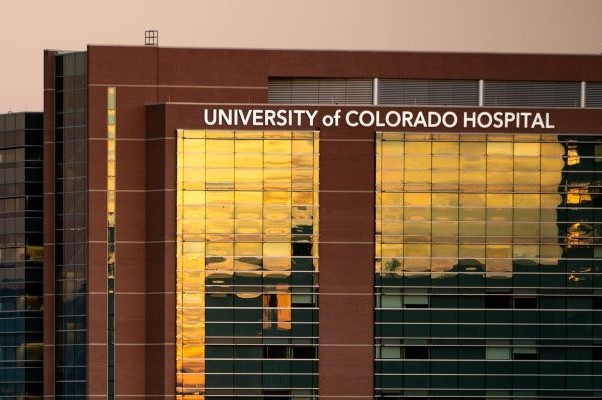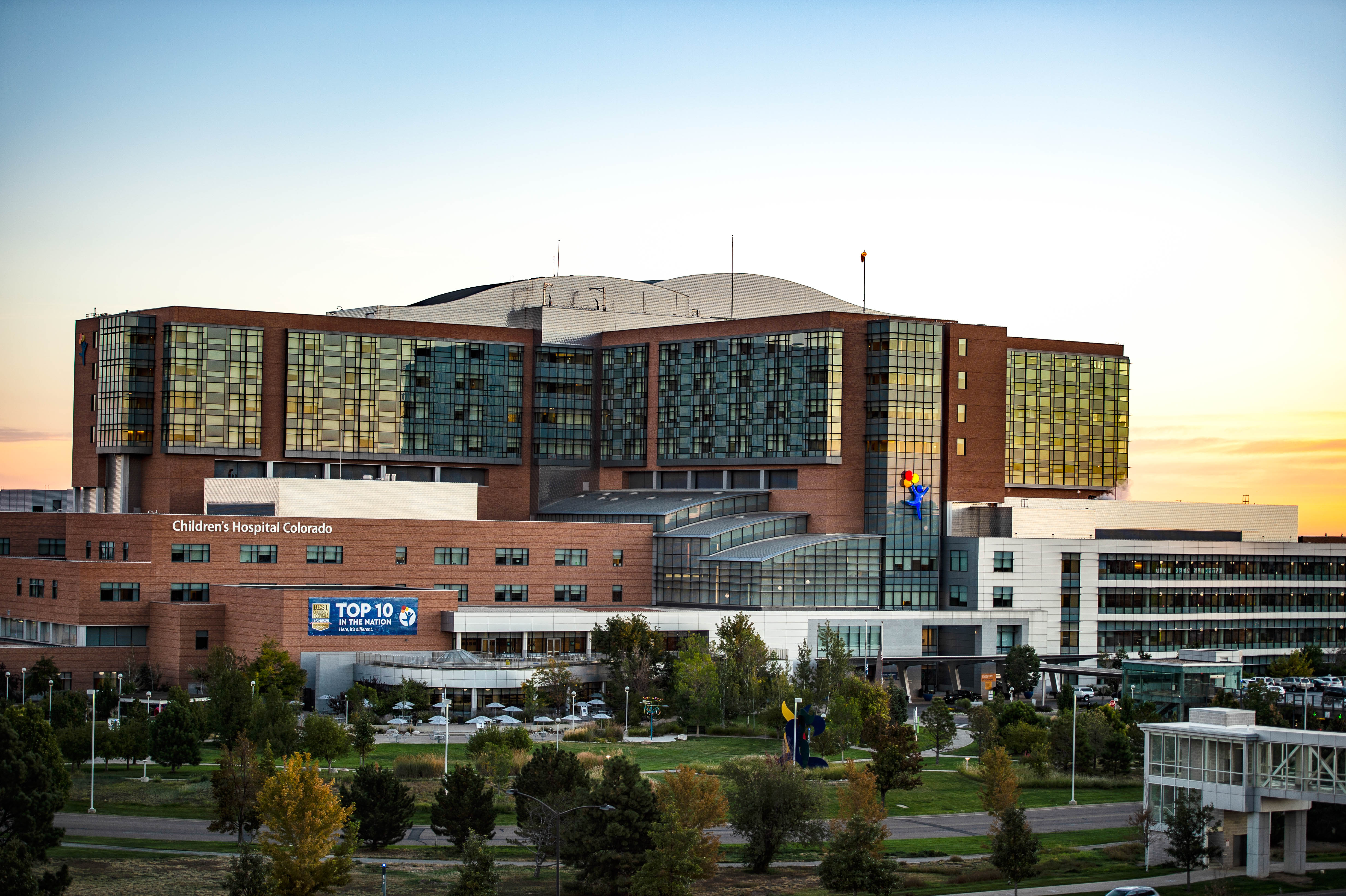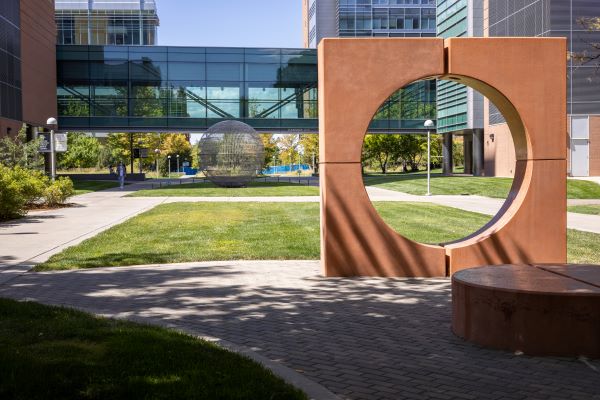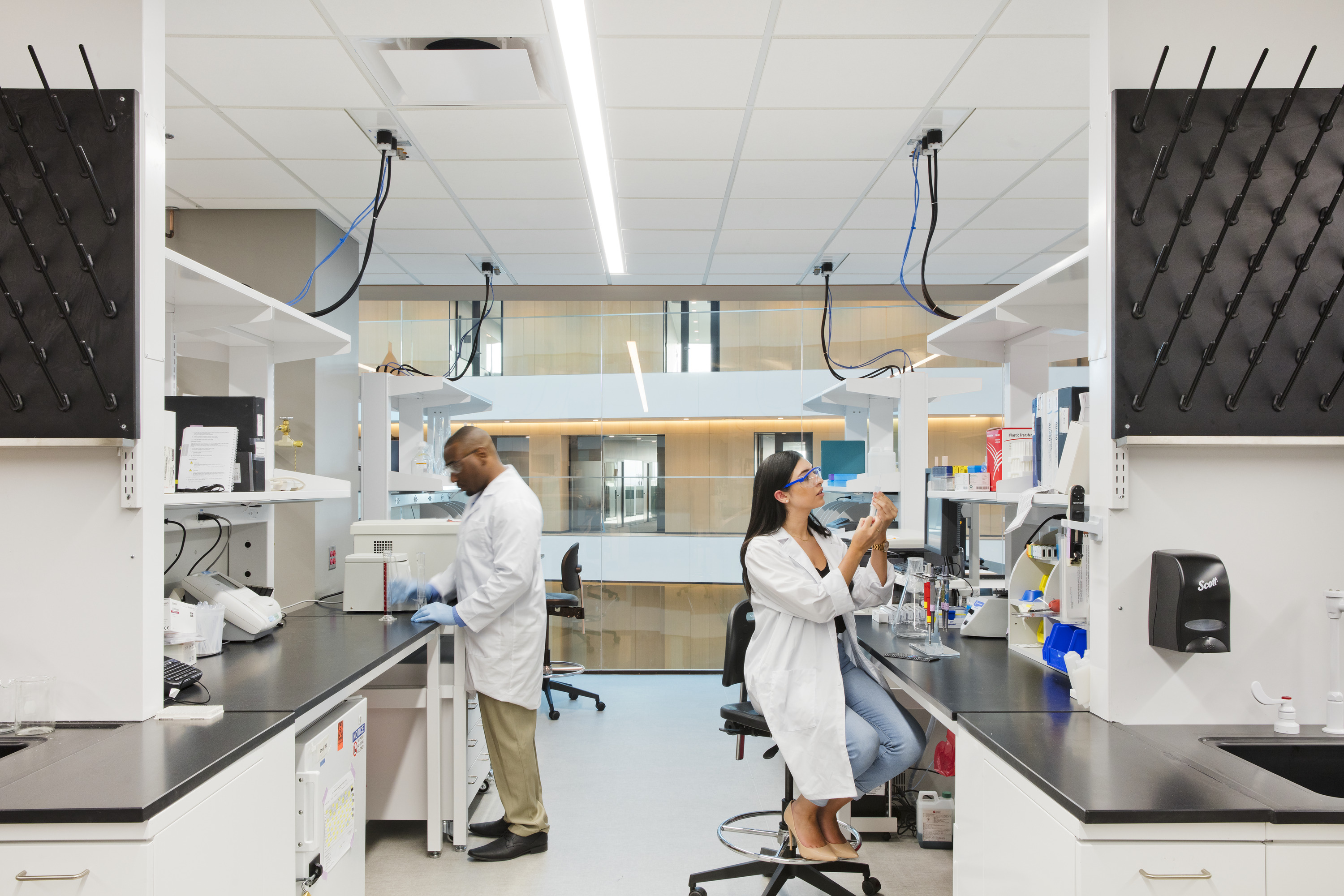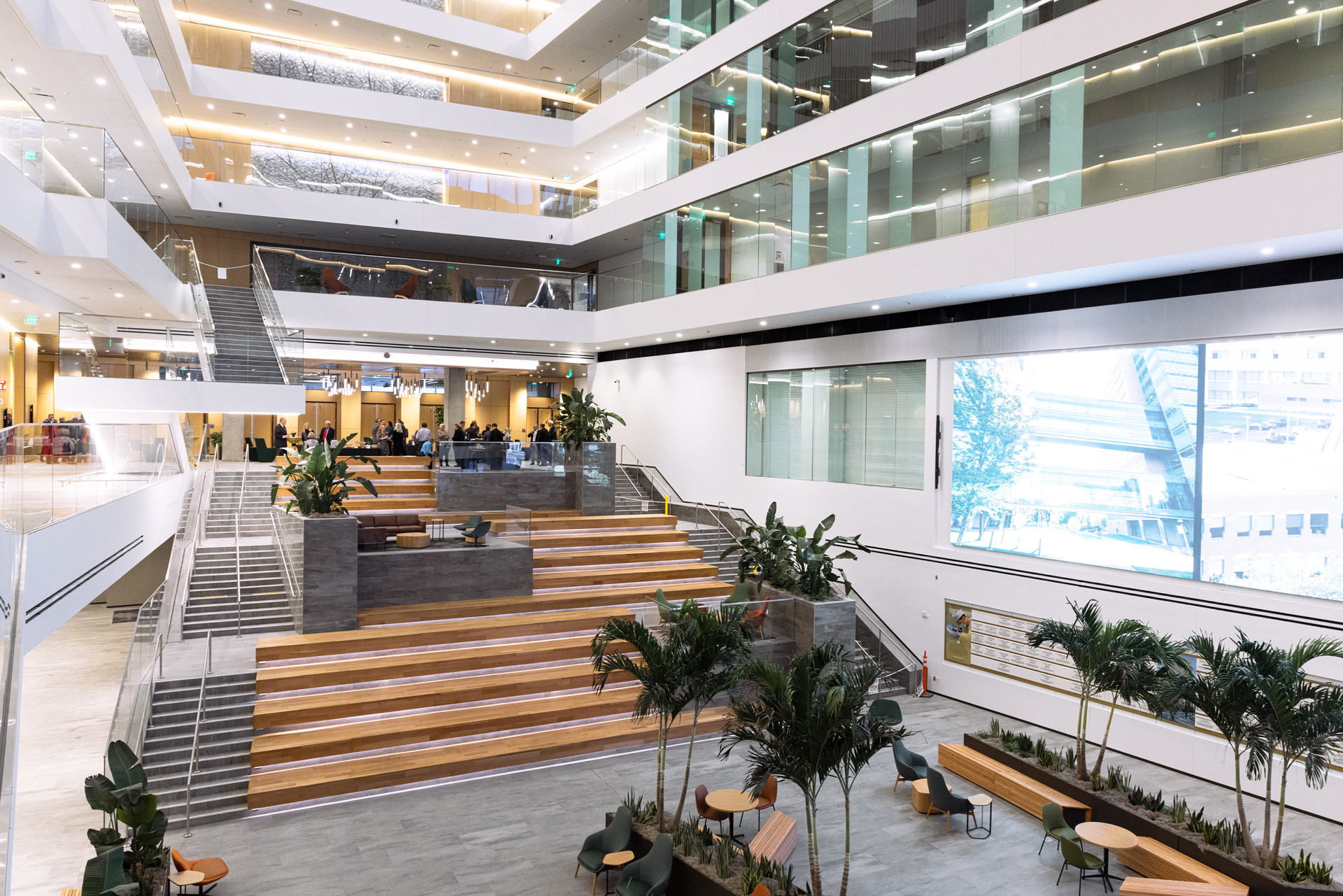Visit our newsroom
Dive into the latest news about AI, clinical informatics, population genetics, and omics and systems biology.
DBMI Newsroom
Join our team
Are you interested in a career with DBMI? Check out our latest openings and learn more about what it is like to work at DBMI.
DBMI Careers
From insight to impact—delivering data-driven care at the bedside.
DBMI is an academic home for a community of experts who leverage data, machine learning, and genomics to turn basic science into new therapies and tailored treatments to empower providers with insights that enable them to deliver patients the exact care they need.
By the Numbers
165
Expert Faculty, Staff, and Trainees
$46M
in research funding
30
Innovative Labs
20+
Specialties and Subspecialties
10
CU System Programs Serve as Pathways for Trainees to Enter DBMI
1
Community Working Together to Solve Healthcare's Toughest Challenges
Key Focus Areas
Artificial Intelligence
Clinical Informatics
Population Genetics
Omics/Systems Biology
DBMI News
Loading items....
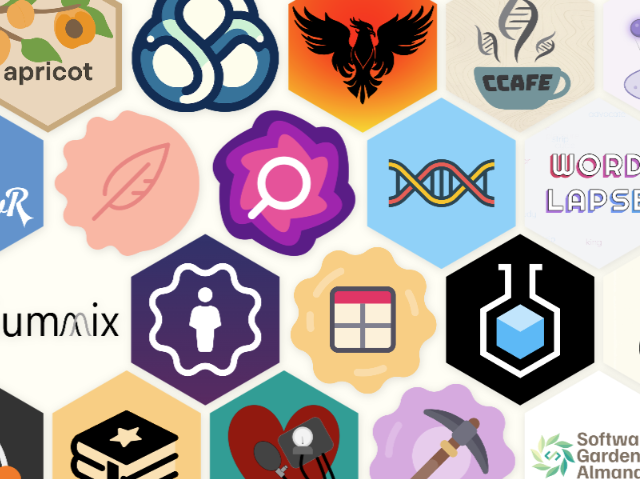
Smarter science starts here.
The CU Anschutz DBMI Wall of Software is a curated collection of tools, packages, workflows, and resources developed within or in collaboration with the DBMI. It serves as a showcase of the department’s contributions to computational technology in medicine and biology, highlighting the diverse research groups and scientists behind these innovations. There are currently 23 tools, packages, workflows, resources, and other software.
Discovery & Impact
Our partnerships with the CU Anschutz, UC Health, and Children’s Hospital Colorado empower us to make a real-world impact right here in our community. We’re not just making strides locally—we’re teaming up with researchers, universities, and health systems worldwide to tackle healthcare’s toughest challenges. Together, we translate research into practical solutions that directly impact patient outcomes.
